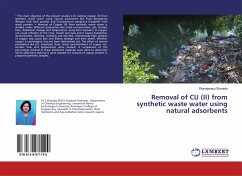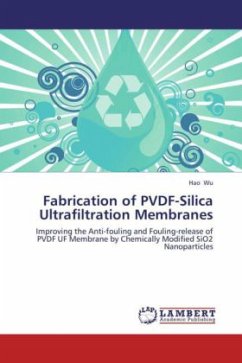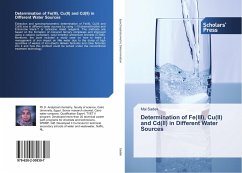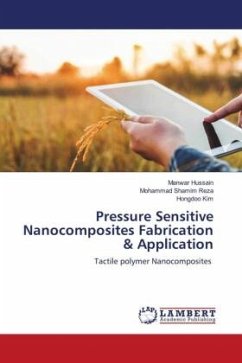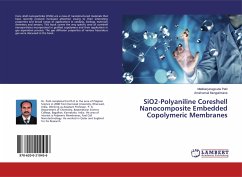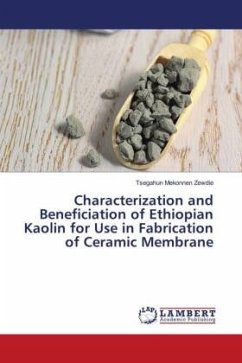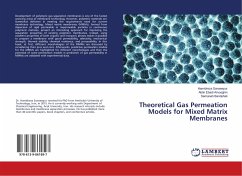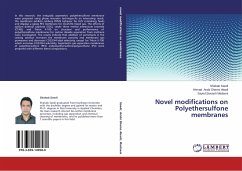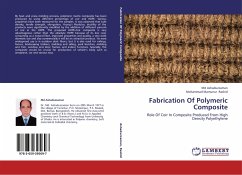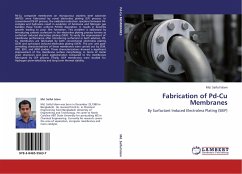
Fabrication of Pd-Cu Membranes
By Surfactant Induced Electroless Plating (SIEP)
Versandkostenfrei!
Versandfertig in 6-10 Tagen
38,99 €
inkl. MwSt.

PAYBACK Punkte
19 °P sammeln!
Pd-Cu composite membranes on microporous stainless steel substrate (MPSS) were fabricated by novel electroless plating (EP) process. In conventional Pd-EP process, the oxidation-reduction reactions between Pd-complex and hydrazine result in evolution of Ammonia and Nitrogen gas bubbles those hinder uniform Pd-film deposition. It results in dendrite growth leading to poor film formation. This problem is addressed by introducing cationic surfactant in the electroless plating process known as surfactant induced electroless plating (SIEP). To verify the improvement of membrane performance after in...
Pd-Cu composite membranes on microporous stainless steel substrate (MPSS) were fabricated by novel electroless plating (EP) process. In conventional Pd-EP process, the oxidation-reduction reactions between Pd-complex and hydrazine result in evolution of Ammonia and Nitrogen gas bubbles those hinder uniform Pd-film deposition. It results in dendrite growth leading to poor film formation. This problem is addressed by introducing cationic surfactant in the electroless plating process known as surfactant induced electroless plating (SIEP). To verify the improvement of membrane performance after introducing surfactant in bath solution, Pd-Cu membranes are fabricated by both conventional electroless plating (CEP) and surfactant induced electroless plating (SIEP). The pre- and post-annealing characterizations of these membranes were carried out by SEM, XRD, EDX, and AFM studies. These characterizations showed a significant improvement of the membrane surface morphology, in terms of metal grain structures and grain agglomeration compared to the membranes fabricated by CEP process. Finally, SIEP membranes were studied for Hydrogen perm-selectivity and long term thermal stability.



